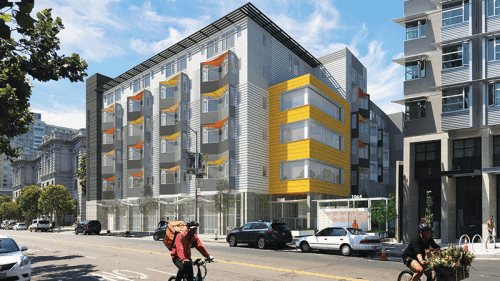U.S. senior housing occupancy increased for the second consecutive quarter and rose to 81.0 percent in the fourth quarter of 2021, a 1.0 percentage point increase from the third quarter and a 2.3 percentage point increase from a pandemic-related low of 78.7 percent in the second quarter, according to data from 31 metropolitan markets covered by the National Investment Center for Seniors Housing and Care (NIC).
“Fourth quarter occupancy is often negatively affected by seasonal illnesses like the flu, but occupancy continued to increase despite the challenges posed by the [COVID-19] Delta variant,” said Beth Burnham Mace, chief economist for NIC. “The data suggest that infection and safety protocols put in place during the first phase of the pandemic are keeping residents safe and driving continued move-ins into the properties by new residents. These conditions, as well as relatively limited near-term inventory growth, should continue to help senior housing bounce back from pandemic-related occupancy losses.”
Construction activity remained subdued, which supported continued moderate gains in inventory growth. There were 35,340 units under construction in the fourth quarter of 2021, just slightly more than in the third quarter, which was the weakest pace since 2015.
Occupancy increased for assisted living, independent living, and nursing care properties:
- Assisted living occupancy increased to 78.3 percent, up from its pandemic low of 75.4 percent in the first quarter of 2021 but still below its pre-pandemic level of 84.9 percent. Assisted living had the largest increase among the three property types, rising 1.4 percentage points in the fourth quarter.
- Independent living occupancy increased to 83.6 percent, up from its pandemic low of 81.8 percent in the first quarter of 2021 but still below its pre-pandemic level of 89.7 percent.
- Nursing care occupancy increased to 77.2 percent, up from its pandemic low of 74.1 percent in the first quarter of 2021 but still below its pre-pandemic level of 86.6 percent.
San Jose (86.0 percent), San Francisco (85.2 percent), and Boston (85.2 percent) had the highest senior housing occupancy rates. The markets experiencing the lowest occupancy rates included Houston (74.8 percent), Cleveland (77.0 percent), and Atlanta (77.9 percent).



